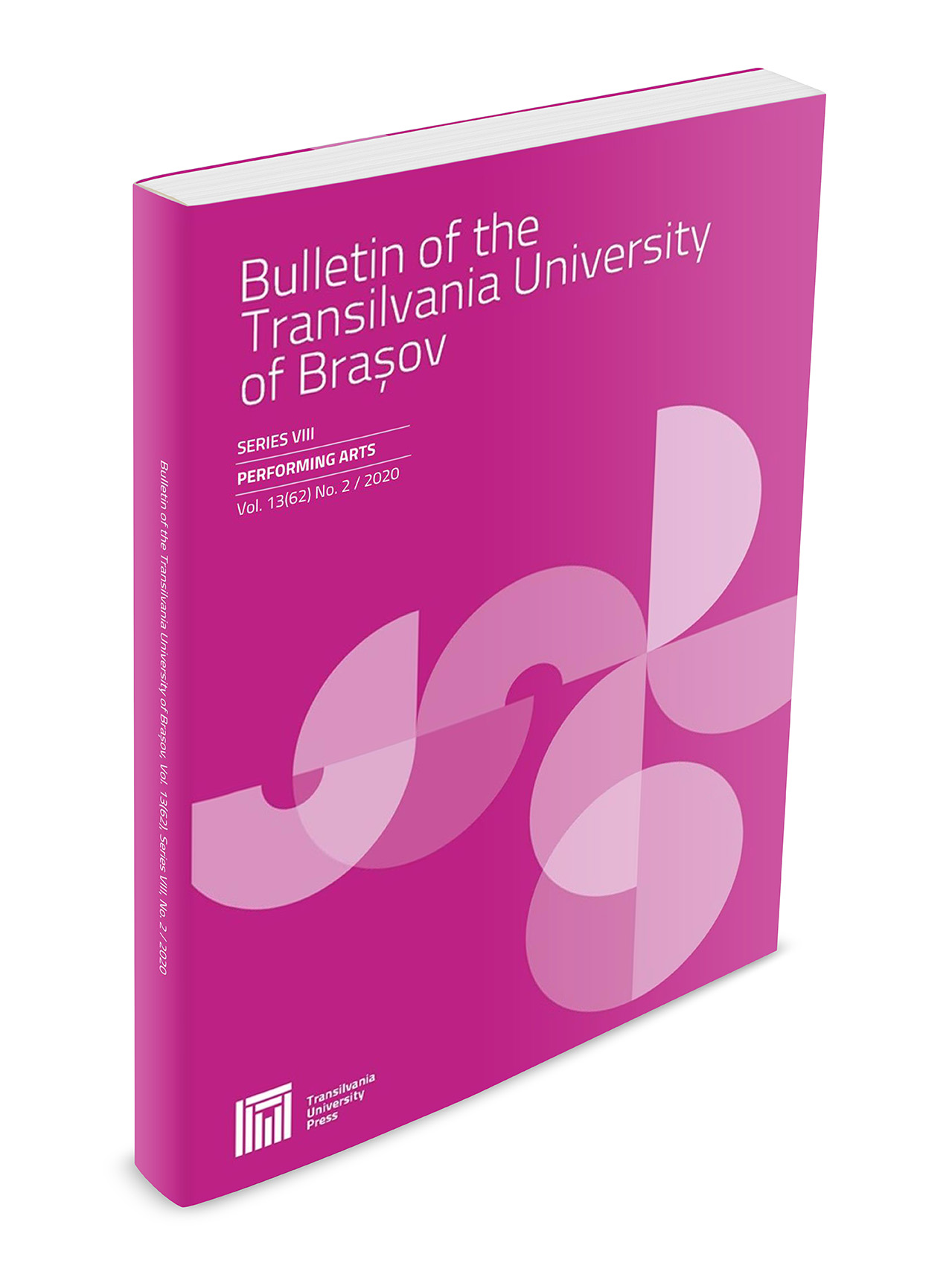The Musical Depiction of Chaos and Creation in Jean-Féry Rebel’s “Les Éléments”
DOI:
https://doi.org/10.31926/but.pa.2022.15.64.2.7Keywords:
French Baroque, Chaos, mythology, elements, harmonyAbstract
The Creation of the Universe is a theme that inspired artists and musicians throughout the ages. However, it was not only the idea of creation that aroused the interest of these artists, but also the existence of Chaos, which is believed to have preceded the act of creation. In the France of Louis XIV, arts and music were profoundly influenced by Classical Antiquity, as proven by the artworks of this era. Artists and composers sought to depict the creation of the Universe, often resorting to the theory of elements – however, this was subordinated to the ideas of the Catholic doctrine. An interesting musical representation of Chaos and the creation of the Universe belongs to Jean-Féry Rebel (1666- 1747), who played an important part in the evolution of the French Baroque. In the simfonie nouvelle for orchestra Les Élements (1737-1738), the composer evokes the state of chaos that preceded the act of creation, using certain harmonic, melodic, and rhythmic constructions. The entire work reflects the aesthetic ideal of the French Baroque, that approaches art as harmonious imitation of nature. In Rebel’s work the primordial elements gradually become distinct, each receives a clear musical and rhythmic profile, allowing them to be easily identified throughout the work. Rebel also associates these elements to certain dances, as can be observed in the musical numbers that follow the Chaos, the fluidity and grace of the music reflecting the balanced and refined dance movements of the period. Rebel’s musical evocation points to future representations of this theme, at the same time containing several features that prove the composer’s visionary musical imagination.Downloads
Published
Issue
Section
License
Copyright (c) 2022 Bulletin of the Transilvania University of Braşov. Series VIII: Performing Arts

This work is licensed under a Creative Commons Attribution 4.0 International License.




